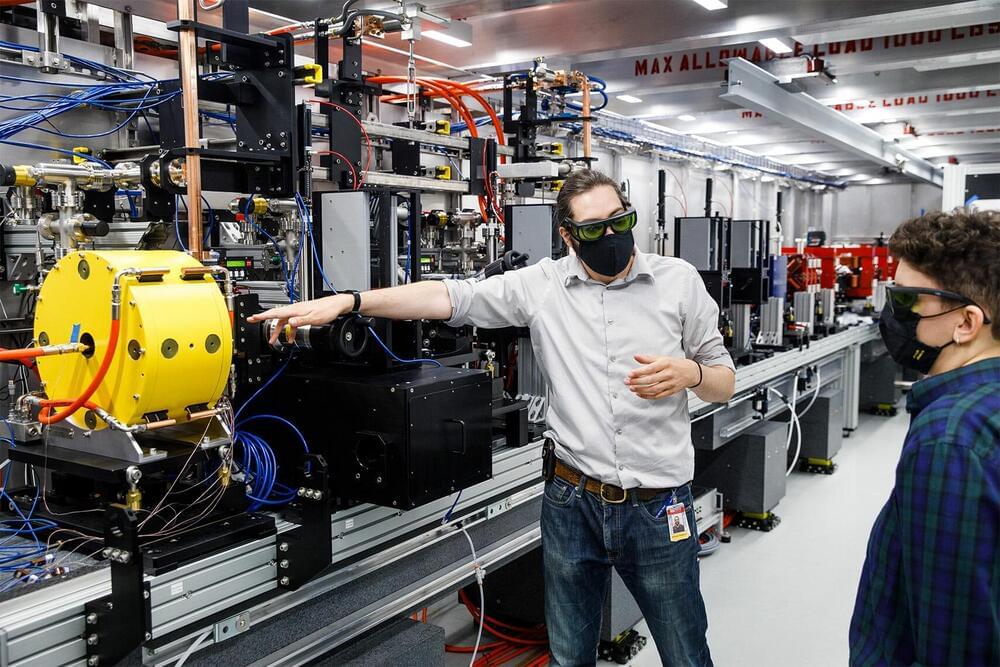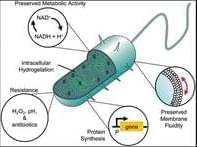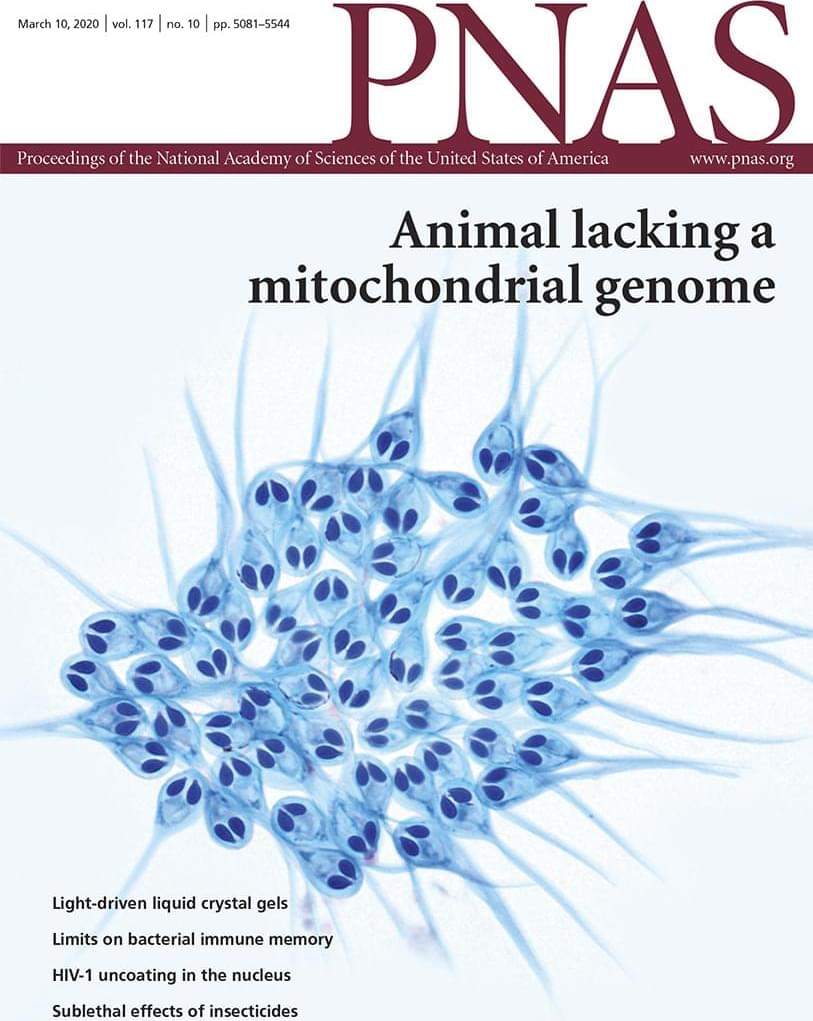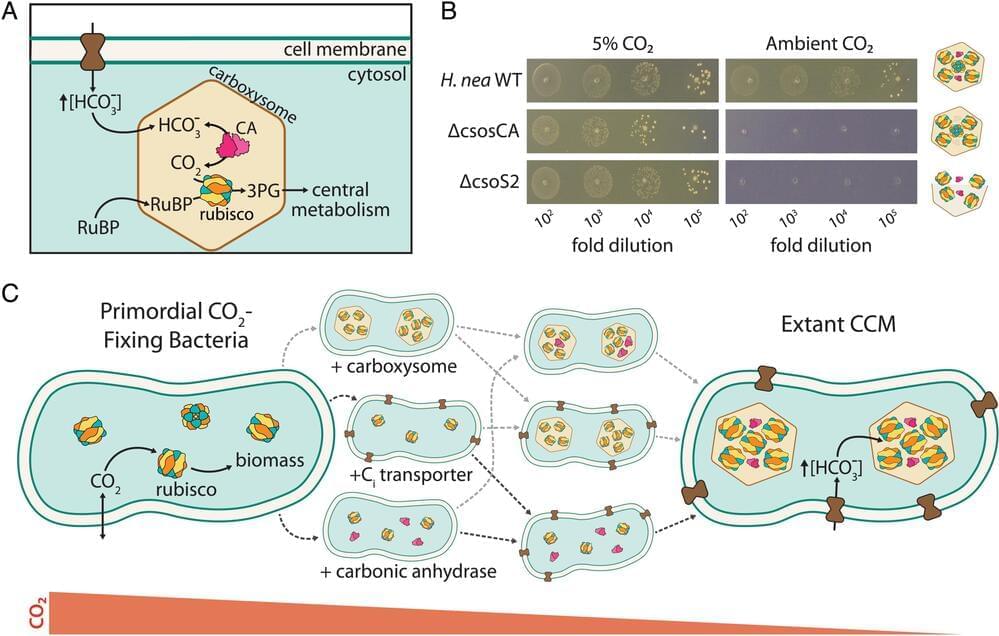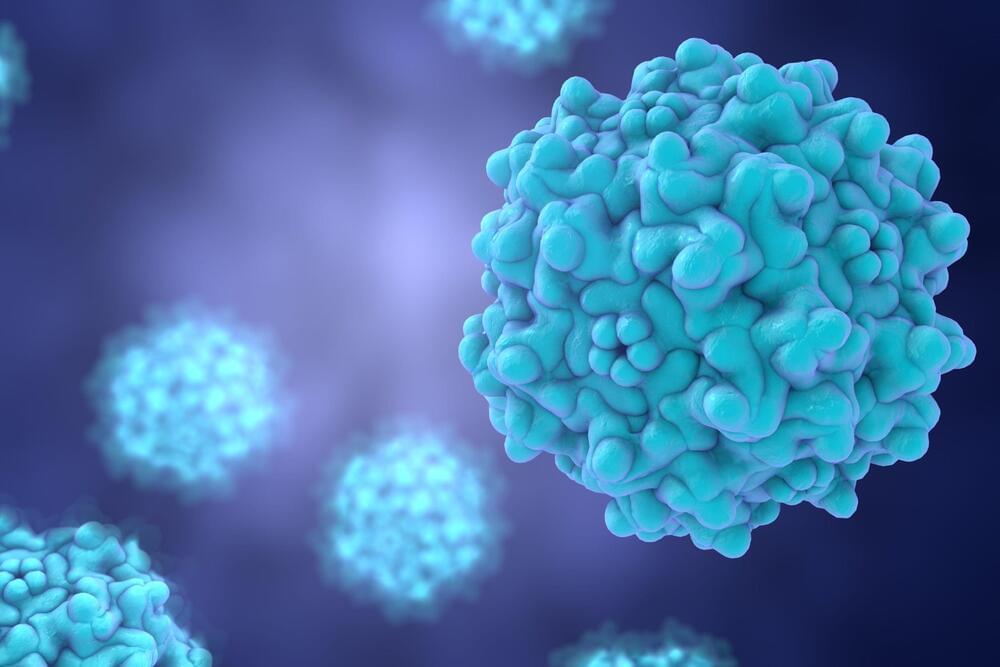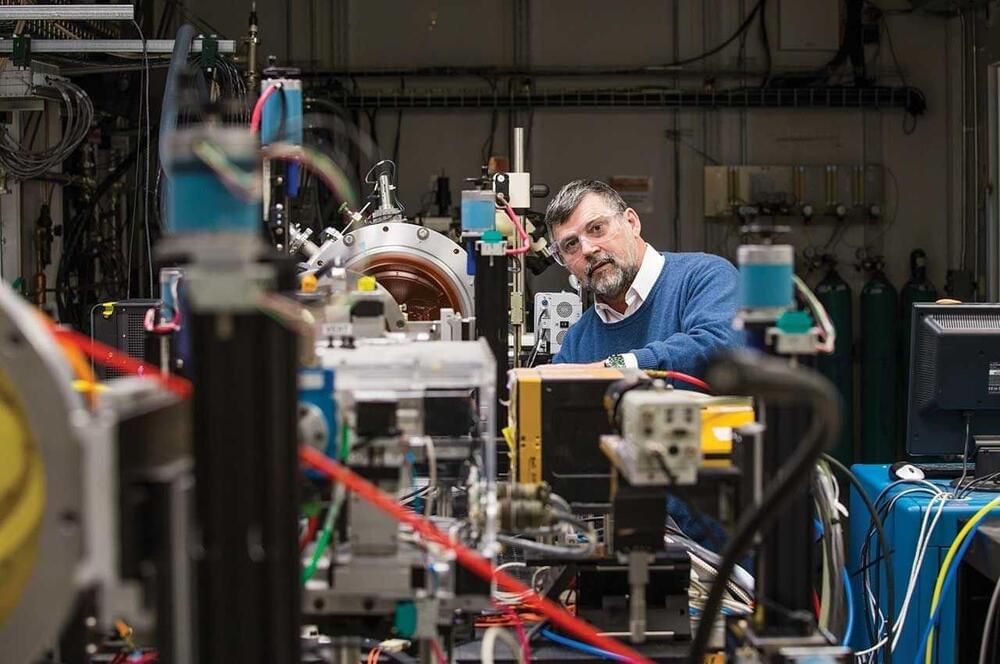Seminar summary: https://foresight.org/summary/bioelectric-networks-taming-th…-medicine/
Program & apply to join: https://foresight.org/biotech-health-extension-program/
Foresight Biotech & Health Extension Meeting sponsored by 100 Plus Capital.
Michael Levin, Tufts Center for Regenerative and Developmental Biology.
Bioelectric Networks: Taming the Collective Intelligence of Cells for Regenerative Medicine.
Michael Levin, Distinguished Professor in the Biology department and Vannevar Bush Chair, serves as director of the Tufts Center for Regenerative and Developmental Biology. Recent honors include the Scientist of Vision award and the Distinguished Scholar Award. His group’s focus is on understanding the biophysical mechanisms that implement decision-making during complex pattern regulation, and harnessing endogenous bioelectric dynamics toward rational control of growth and form. The lab’s current main directions are:
• Understanding how somatic cells form bioelectrical networks for storing and recalling pattern memories that guide morphogenesis;
• Creating next-generation AI tools for helping scientists understand top-down control of pattern regulation (a new bioinformatics of shape); and.
• Using these insights to enable new capabilities in regenerative medicine and engineering.
Prior to college, Michael Levin worked as a software engineer and independent contractor in the field of scientific computing. He attended Tufts University, interested in artificial intelligence and unconventional computation. To explore the algorithms by which the biological world implemented complex adaptive behavior, he got dual B.S. degrees, in CS and in Biology and then received a PhD from Harvard University. He did post-doctoral training at Harvard Medical School (1996−2000), where he began to uncover a new bioelectric language by which cells coordinate their activity during embryogenesis. His independent laboratory (2000−2007 at Forsyth Institute, Harvard; 2008-present at Tufts University) develops new molecular-genetic and conceptual tools to probe large-scale information processing in regeneration, embryogenesis, and cancer suppression.

